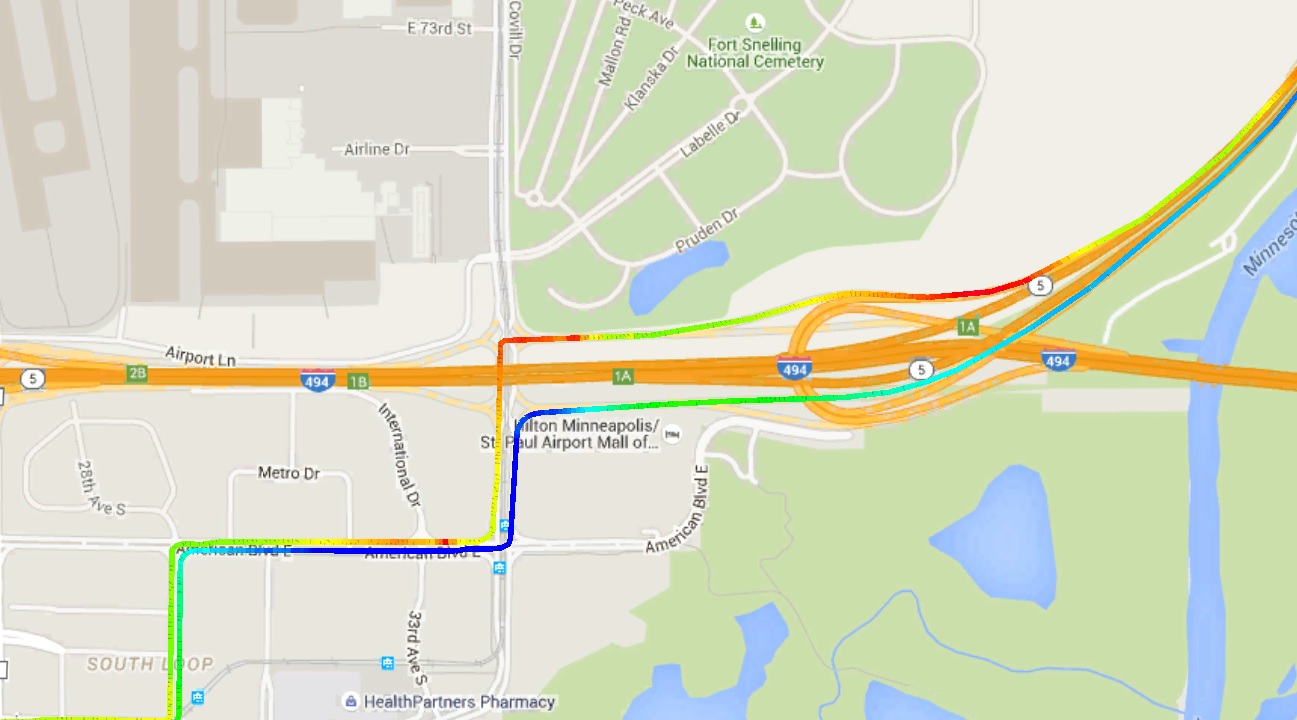PI: WILL NORTHROP
PENGYUE WANG, PhD student
ANDREW KOTZ, PhD, National Renewable Energy Laboratory
Anthropogenic climate change is an imminent problem faced by our society. Carbon dioxide (CO2) accounts for 82.5% of all contributing heat trapping gases with the transportation sector accounting for 28% anthropogenic CO2. Oxides of nitrogen (NOX) are also emitted by vehicles and are powerful asphyxiants and catalysts of tropospheric ozone. Emissions regulations have been implemented to reduce anthropogenic emissions of CO2 and NOX, but despite regulations vehicles are still emitting at much higher rates than they are allowed for many emissions types. This is not a consequence of vehicles acting aberrantly or failing to meet government-mandated tests, but rather, it is intrinsic to the vehicle certification process. Vehicles are tested to uphold these standards on cycles thought to represent the entirety of driving conditions the vehicle will encounter.
In actuality vehicles have been shown to have much higher emissions than the certification tests predict. This discrepancy is a systematic flaw in vehicle certification tests. Many have conducted real-world test to identify the confounding factors of vehicle emissions with the key limitation being data size and scalability.

While these studies are meaningful, they fail to account for the diverse locations and driving conditions that constitute the entire spectrum of vehicle-to-environment interactions due to the required resources to capture such information and relatively manual methods for analyzing said data. A new paradigm of vehicle research utilizing Spatial Big Data (SBD) analytics is required to understand the complex interactions between vehicles and their environments. SBD is a method of interpreting large datasets linked through multiple spatial dimensions. The United Parcel Service has shown the merit of using such techniques through saving millions of gallons of fuel by avoiding left turns.
We are developing tools using SBD analytics techniques to evaluate multivehicle spatial interactions and vehicle performance data to address the societal need for reductions in vehicle emissions such as CO2 and NOX. Development of these SBD methods will provide a direct path for understanding multivehicle interactions and emission production factors from large vehicle datasets. Given a new US government mandate for vehicle-to-vehicle communication, these sizeable datasets are reasonably attainable in the near future.